

Low power Bluetooth, enjoy extended battery life and connect freely anytime, anywhere.
Bluetooth operates in the unlicensed 2.4 GHz Industrial Scientific Medical (ISM) band and comes in two technology forms: Basic Rate/Enhanced Data Rate (BR/EDR) and Low Energy (LE). Compared to BR/EDR, LE is suitable for devices that require low power consumption, low complexity, and low cost, supporting their long-term operation by reducing energy consumption and simplifying protocols. LE supports various topologies, and its capability for convenient connections and flexible broadcasting further enhances the applicability and practicality of Bluetooth applications.
Application Scenario

LE Audio refers to scenarios that support one-to-one audio streaming between connected devices, and one-to-many audio streaming of unconnected devices.
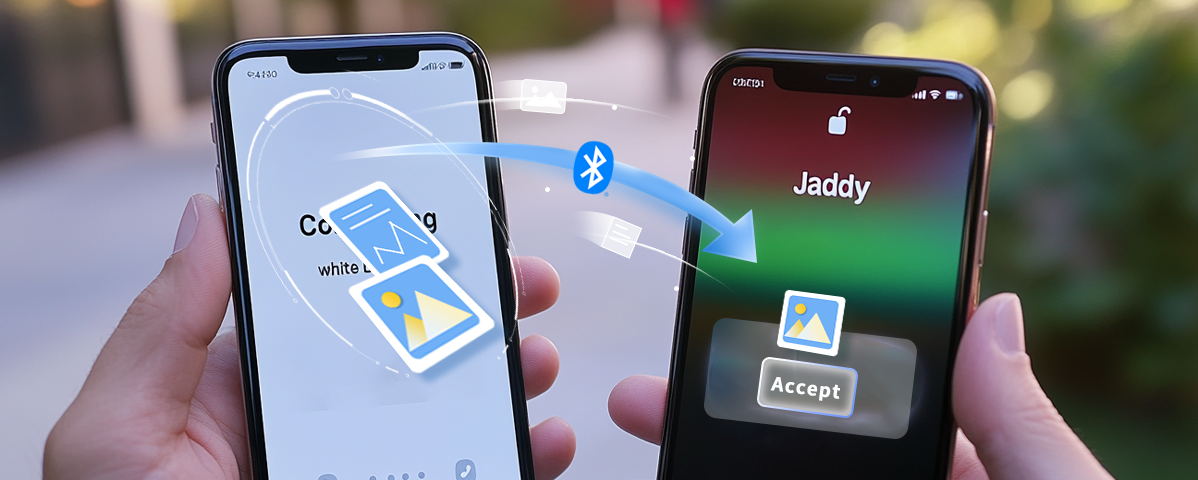
Data Transfer refers to scenarios that support exchanging data between devices wirelessly.

Device Networks refers to scenarios that support many-to-many communications and the creation of large-scale device networks. For example: Mesh.

LE Audio refers to scenarios that support one-to-one audio streaming between connected devices, and one-to-many audio streaming of unconnected devices.

Data Transfer refers to scenarios that support exchanging data between devices wirelessly.

Device Networks refers to scenarios that support many-to-many communications and the creation of large-scale device networks. For example: Mesh.
Basic Working Principle
The Bluetooth LE Core system consists of a LE Host and a LE Controller. HCI defines a functional interface for bidirectional communication between Host and Controller.
SM defines procedures to manage pairing, authentication and encryption.
ATT defines the protocol between an ATT Server and an ATT Client for discovering, reading, and writing attributes.
GATT defines the hierarchy of services, characteristics, attributes, and higher level procedures for using ATT.
GAP defines the generic procedures related to advertising, scanning and connection. In addition, GAP defines different security levels and modes, and user interface standards, etc. There are four GAP roles: Broadcaster, Observer, Peripheral, and Central. A device may support multiple LE GAP roles.
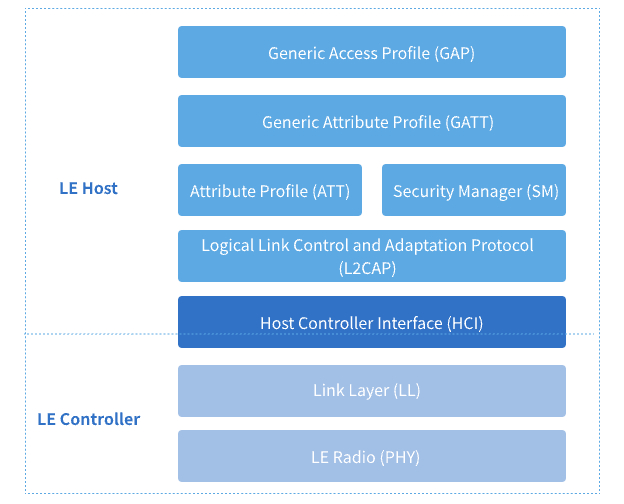
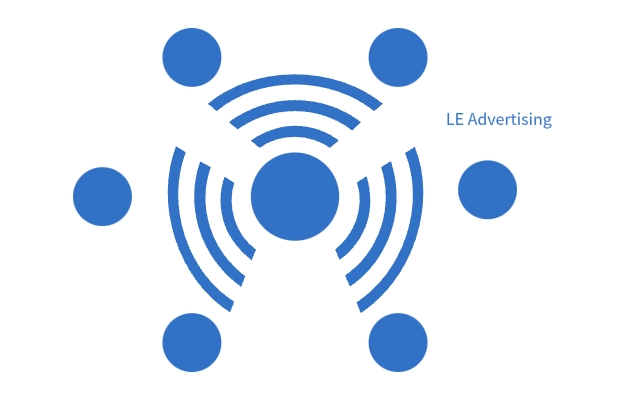
A device can support one-to-many communication when acts in advertising state. The device sends advertisements which can be received by multiple devices in scanning state within range. A device that sends connectable advertisements can be connected.
A device can support one-to-one communication when in connected state. Each Peripheral communicates bidirectionally with Central on a separate LE connection.
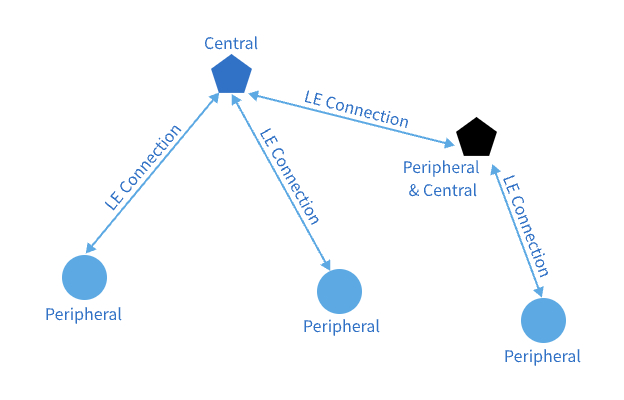
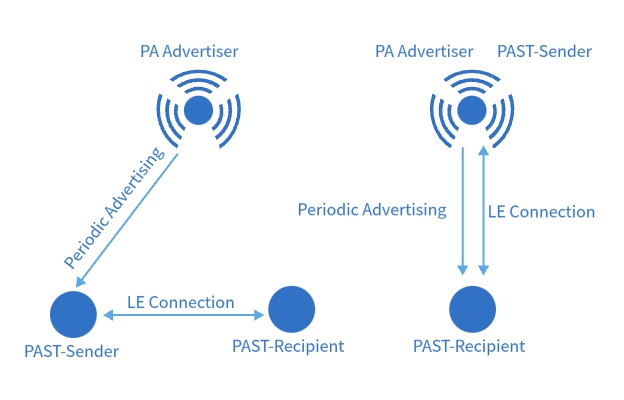
Periodic Advertising (PA) uses deterministic scheduling of advertising events for unidirectional communication. Bluetooth LE defines a procedure that devices can use to synchronize with PA.
Periodic Advertising with Responses (PAwR) supports bidirectional communication. PAwR Scanner can transmit responses to PAwR Advertiser.
Periodic Advertising Sync Transfer (PAST) reduces the synchronization operating costs. PAST allows a constrained device act as PAST-Recipient to get synchronization details over a one-to-one LE connection from PAST-Sender. There are two forms of PAST-Sender: another device which performs synchronization procedure, or PA Advertiser.
Direction Finding enables devices to determine the direction of another device. There are two methods of Direction Finding: Angle of Arrival (AoA) and Angle of Departure (AoD).
A device consisting of an antenna array can use AoA method to determine the angle of arrival of another device by receiving direction finding enabled packets.
A device consisting of an antenna array can use AoD method to make its angle of departure detectable to another device by transmitting direction finding enabled packets.
Direction Finding supports connection-oriented and connectionless scenarios.
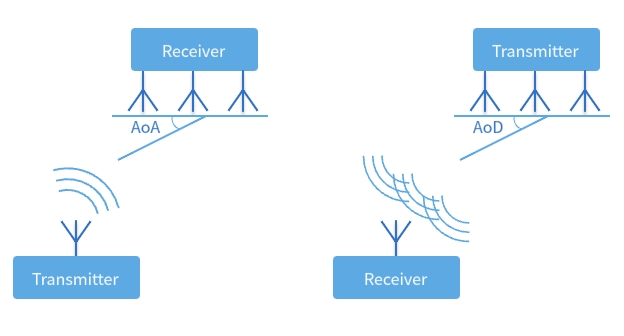
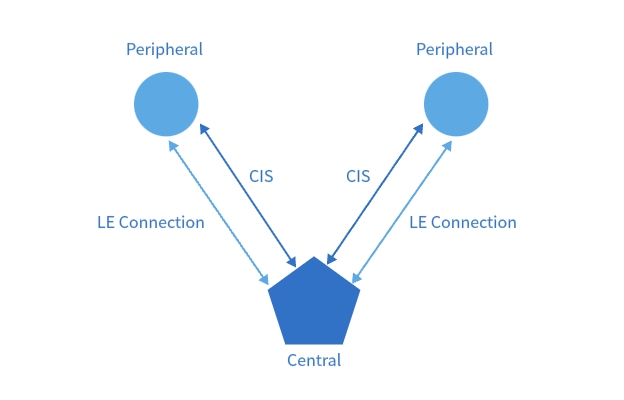
Connected Isochronous Stream (CIS) supports bidirectional, one-to-one isochronous communication between two connected devices. Central creates an LE connection with Peripheral. Then Central creates a CIS with Peripheral. Once CIS is established, Central and Peripheral can send and receive isochronous data on a CIS.
Broadcast Isochronous Stream (BIS) supports unidirectional, one-to-many isochronous communication among unconnected devices. BIS Receiver synchronizes with PA sent by BIS Broadcaster. Then BIS Receiver uses the BIS information from PA to synchronize with BIS Broadcaster. Once BIS synchronization is established, BIS Receiver can receive isochronous data from a BIS.
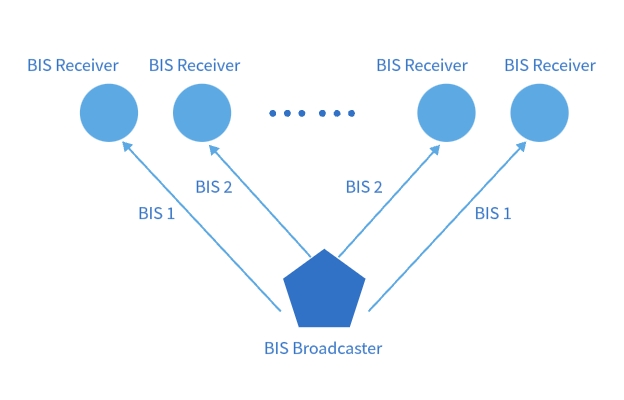
Specification Parameters

- LE 2M
- LE Coded
- Extended Advertising
- Periodic Advertising
- Periodic Advertising Sync Transfer
- Direction Finding
- Isochronous Channels
- LE Power Control
- Periodic Advertising with Responses

- One-to-one communication
- One-to-many communication
- Mesh

- Asynchronous Connection-oriented
- Isochronous Connection-oriented
- Asynchronous Connectionless
- Synchronous Connectionless
- Isochronous Connectionless
Product Applications
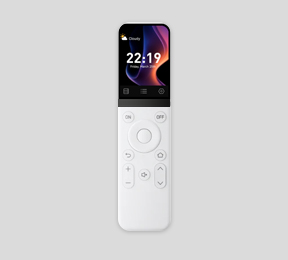
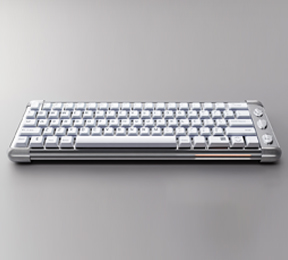
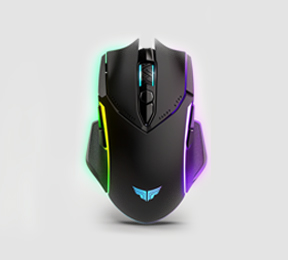
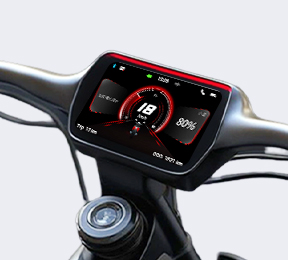
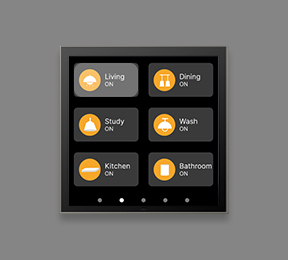
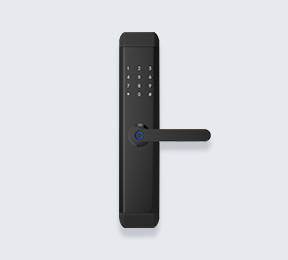
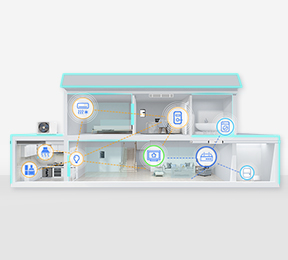
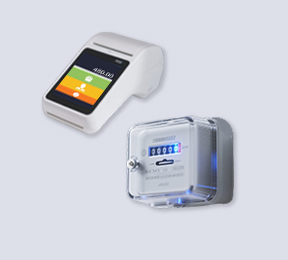
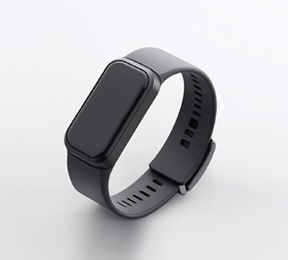
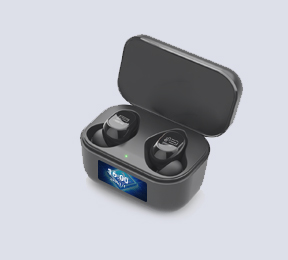

Recommended Hardware
Part Number | RTL87x2C | RTL87x2D | RTL87x2E | RTL87x2G | RTL87x2H | RTL87x3D | RTL87x3E | RTL87x3EP |
|---|---|---|---|---|---|---|---|---|
Bluetooth LE | Y | Y | Y | Y | Y | Y | Y | Y |
Qualification | Qualified against Bluetooth Core 5.4 | Qualified against Bluetooth Core 5.4 | Qualified against Bluetooth Core 5.4 | Qualified against Bluetooth Core 5.4 | Qualified against Bluetooth Core 5.4 | Qualified against Bluetooth Core 5.3 | Qualified against Bluetooth Core 5.3 | Qualified against Bluetooth Core 5.3 |
LE 2M | Y | Y | Y | Y | Y | Y | Y | Y |
LE Coded | Y | Y | Y | Y | N | Y | N | N |
Extended Advertising | Y | Y | Y | Y | Y | Y | Y | Y |
Periodic Advertising | N | N | Y | Y | Y | Y | Y | Y |
Periodic Advertising Sync Transfer | N | N | Y | Y | Y | Y | Y | Y |
Direction Finding | N | Y | Y | Y | Y | Y | Y | N |
Isochronous Channels | N | N | N | Y | Y | Y | Y | Y |
LE Power Control | N | N | Y | Y | Y | Y | Y | Y |
Periodic Advertising with Responses | N | N | N | Y | Y | N | N | Y |
Reference Document | / | / | / | / |



 苏公网安备32059002006558号
苏公网安备32059002006558号